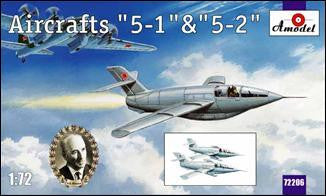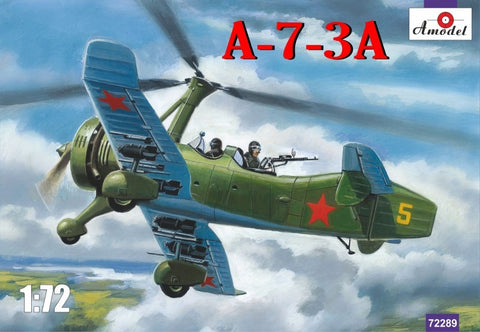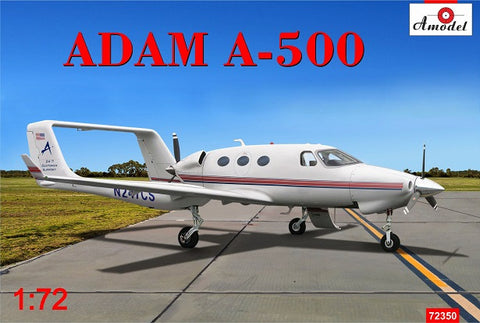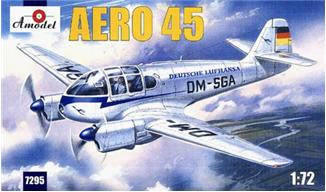
Unimodel Military 1/72 BA3 Soviet Armored Vehicle Kit
This Product Usually Ships In 2-3 Business Days
UNM-364DISCONTINUED ITEM - WHILE SUPPLIES LAST
In 1931, the first Soviet 6x4 chassis was created, a design based on adding Timken tandem rear axles to the American Ford AA chassis, and because of that called Ford-Timken. This immediately initiated the development of armored cars. By the end of the year assembly was taking place at the plant "Gudok Oktyabrya" in Kanavin, near Nizhniy Novgorod. In autumn of the same year at the Repair Base of Nº2 in Moscow hull from the BA-27 armored car was first attached to the new chassis. About 20 such cars were built, having the designation BA-27M. At the same time, and with the same chassis, but at the Izhorskij plant, several dozen D-13 armored cars were built, developed by N. I. Dyrenkov.In 1932, at the Izhorskij plant, the armored car BA-I (I stands for Izhorskij) was developed by A. D. Kuzmin. In some publications the name of this machine is written together - BAI. It used the same triaxial Ford-Timken chassis as it predecessors.
The hull was welded together - an advanced technology for the time. Due to the "stepped" form of the roof on the hull it was possible to place turret lower, substantially reducing the overall height of combat vehicle. In the cylindrical welded turret, there was a 37 mm gun with 34 rounds (similarly to earlier BA-27 armored car), and a DT machine gun on a separate ball mount. The second DT was placed in the frontal sheet to the right of the driver. There were doors in the hull and in the rear for crew evacuation.
An interesting idea that was borrowed from the earlier D-13 armored car was mounting of spare wheels just next to the front wheels and only slightly higher. These helped when crossing trenches and rugged terrain. An innovation was the possibility to convert vehicle to a half-track by fitting auxiliary ("Overall") tracks to the rear pair of dual tandem wheels. Additionally some vehicles were equipped with radio. All three of these ideas were subsequently used in all succeeding designs, including the BA-10.




